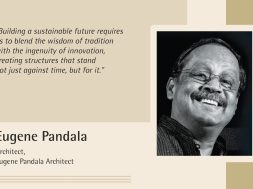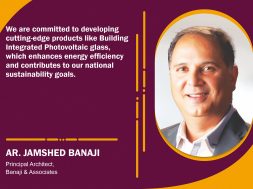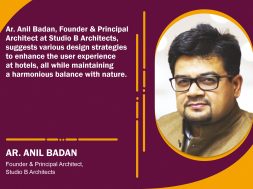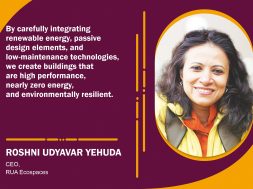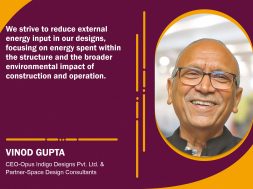Balancing tradition and innovation for sustainable construction
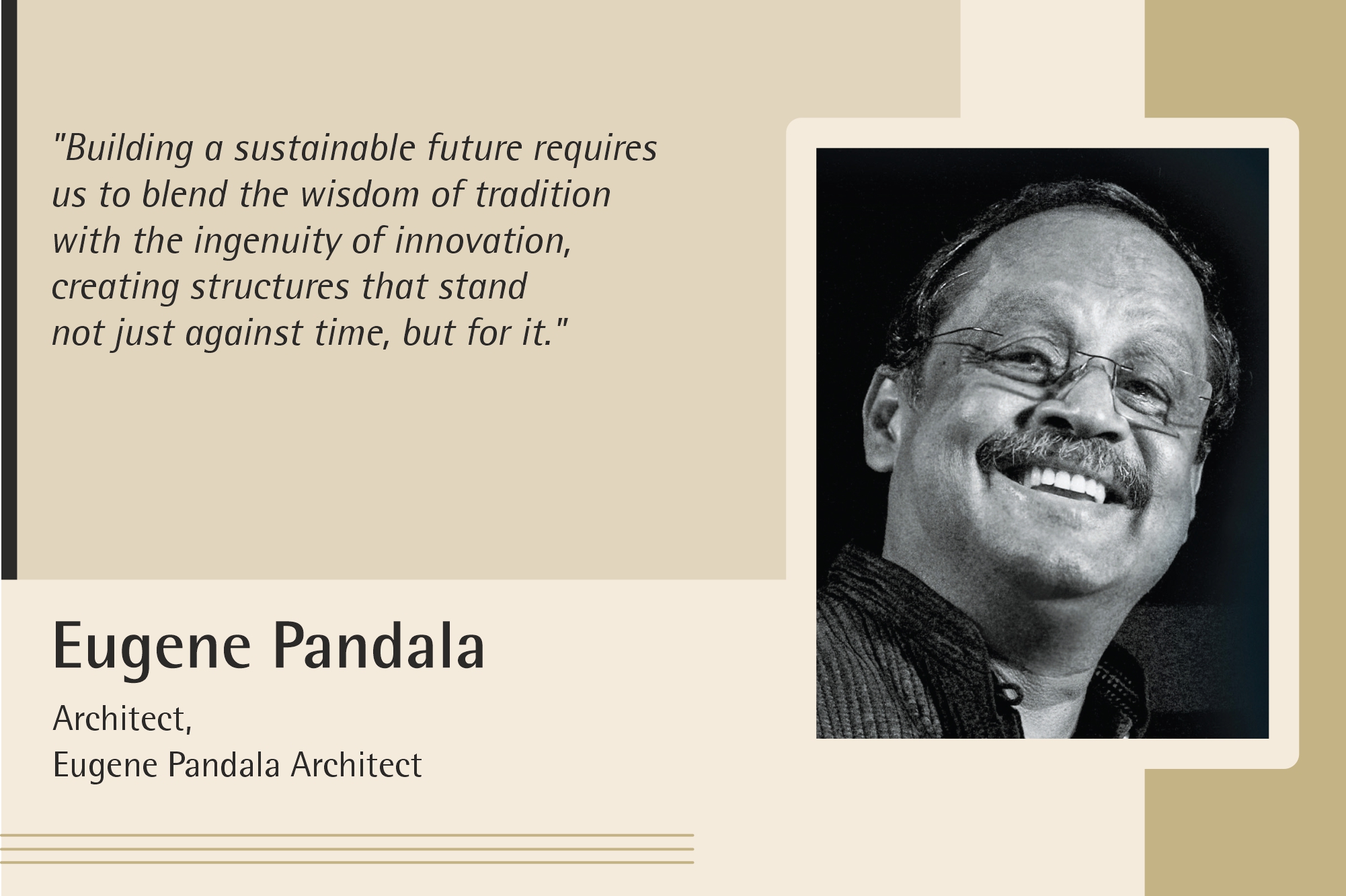
Let’s delve into the interplay between sustainability, cultural heritage, and modern advancements, aiming to understand how this delicate balance shapes the present and future of the built environment.
What guiding philosophy informs your approach to integrating sustainability into your designs, particularly within green buildings?
In India, entities like IGBCI and GRIHA play a crucial role in promoting and facilitating certified green building technologies that are closely tied to manufacturing industries adhering to their prescribed guidelines for carbon emission standards in embodied energy. The central mission of these organisations is centred on reducing carbon emissions. The fundamental goal of these green building practices is inherently sustainable, aiming to combat global warming by mitigating environmental impact. Unfortunately, these certified buildings are not affordable to more than 90 percent of our population.
I aim to prioritise the creation of sustainable and cost-effective buildings. The design emphasis extends beyond minimising carbon emissions; it is centred on seamlessly integrating the intended activities of the building into the natural surroundings with minimal disruption to existing biodiversity.
Urban development frequently results in the degradation of wildlife habitats, jeopardising diverse ecosystems. Sustainability goes beyond individual comfort, requiring a thoughtful awareness of the broader impact on life. It involves more than just fulfilling human needs; it encompasses a comprehensive and compassionate approach that prioritises the well-being of all living beings.
With the architecture and construction industry evolving towards modern approaches, what’s your take on promoting these contemporary methods versus traditional approaches?
Opting for local materials holds a distinct advantage, as it aligns with traditional construction practices that have stood the test of time. In regions with a humid climate, we embrace traditional systems, drawing inspiration from methods such as those our traditional buildings use to naturally manage heat and cool down buildings without relying on additional energy—a form of natural heat transfer and ventilation in harmony with nature.
Highlighting the preference for sustainable materials doesn’t inherently rule out the utilisation of steel and cement. Instead, the crucial factor should be selecting the most suitable material for a particular purpose. For example, incorporating glass can fulfil both aesthetic and functional requirements, enhancing the overall visual allure of a structure while adhering to desired performance standards. The architecture and construction sector is shifting from conventional to model-centric methodologies, evident in the transformation of numerous buildings incorporating glass elements to uphold visual structural principles, creating a momentarily stunning and impactful effect.
There are numerous practical, contemporary approaches to managing building spaces. The key is to select what aligns best with the specific traditional or modern model based on priority. In ancient monuments, sustainable materials like stone and lime were prevalent, contrasting with modern architectural education, which focused more on concrete and steel. The older technologies were simpler, involving skill and learning, unlike the sophistication of modern technology.
How do you view the development of responsible construction practices in India, especially with the ongoing construction in many cities?
Exploring cultural heritage reveals a profound narrative woven into every architectural creation, enriching the diverse fabric of building styles. An uplifting trend is the growing inclination of younger generations towards embracing traditional sustainability systems and natural construction methods. In contrast to the prevalent use of modern materials like glass and concrete in conventional structures, urban areas increasingly demand a more profound integration with nature and its biodiversity, extending beyond the inclusion of trees alone. The younger generation is now drawing inspiration from the past, infusing traditional concepts into their designs and structures.
For more info visit: https://eugenepandala.com/
14
Cookie Consent
We use cookies to personalize your experience. By continuing to visit this website you agree to our Terms & Conditions, Privacy Policy and Cookie Policy.
